| Chemistry |
Oxidation by catalytic combustion: from 680 0 C – 1000 0 C |
| TOC . probe |
Non-Dispersive Infrared Absorption (NDIR) Sensor |
| TOC . analysis mode |
TOC (NPOC), TC-IC, TC, IC |
| TOC analysis |
The concentration range 0-20,000 ppm requires no dilution when using a single 0.5 mL sample injection. Higher concentrations can be obtained with dilution prior to analysis.
Detection limit: 50 ppb
Backlog: 1.0% cross-contamination
Sample Size: 0.5 mL (0.3 mL for high concentration, hard or salt samples)
Accuracy: 2% RSD |
| TOC analysis time |
13 – 15 minutes, typical for 3-sample TOC analysis |
| Carrier gas treatment |
Integrated pressure regulator with flow limiter to maintain carrier gas at 200 mL/min |
| Liquid handling |
Pressurized sample delivery and liquid handling
Solenoid-activated micro-pump delivers precise acid for removal/analysis in 50 L +/- 5% increments
Self-cleaning sample handling process cleans the sample path before and after each sampling |
| Sample Loading |
Built-in 30-position autosampler |
| Remote controll |
PC, Interface via Windows® 7 or later |
| Data processing |
Reports can be exported to CSV and PDF formats
Import from CSV file
Real-time viewing and printing of analysis results while the instrument is running
Possibility to store custom individual test methods
Priority patterns through process interrupt
Remove offsets and control precise performance criteria |
| Other features |
Pre-programmed point and click method settings
Device indicator light
Automatic and configurable standby
Simple design ensures access to internal components in minutes
The burner can be accessed from the front of the unit quickly
Automatic cleaning from sample and/or wash water via integrated wash station |
| Main application |
Waste water, industrial wastewater, surface water, groundwater, sea water |
| Method |
Standard Methods 5310B, EPA 415.1, EPA 9060A, ASTM D2579, ISO 8245, AOAC 973.47
LSS: EN-13639 |
| Certifications |
CE (CSA certified site if needed) |
| Requirements |
Voltage: 100/115/230 VAC (± 10%), Frequency: 50/60 Hz, Power: 1150 VA |
| Size |
18.2” W (46.2 cm) x 23.7” D (60.2 cm) x 26.3” (66.8 cm) H (Lotix only)
Weight 53 lbs (24 kg) (Lotix only) |
| Gas supply |
Free Air Hydrocarbon and Carbon Dioxide (CO2) with a TOC (greater than 18% oxygen) <1 ppm or UHP O2. Gas can be supplied from a cylinder or a TOC generator. If a TOC generator is used, the gas formed must be hydrocarbons and not contain water. To ensure the use of clean carrier gas, we recommend using a complete CO2 removal system and trapping hydrocarbons between the gas source and the analyzer. Ultra-zero or Oxygen air can be used. |
| Inlet gas pressure |
50 – 100 psi |

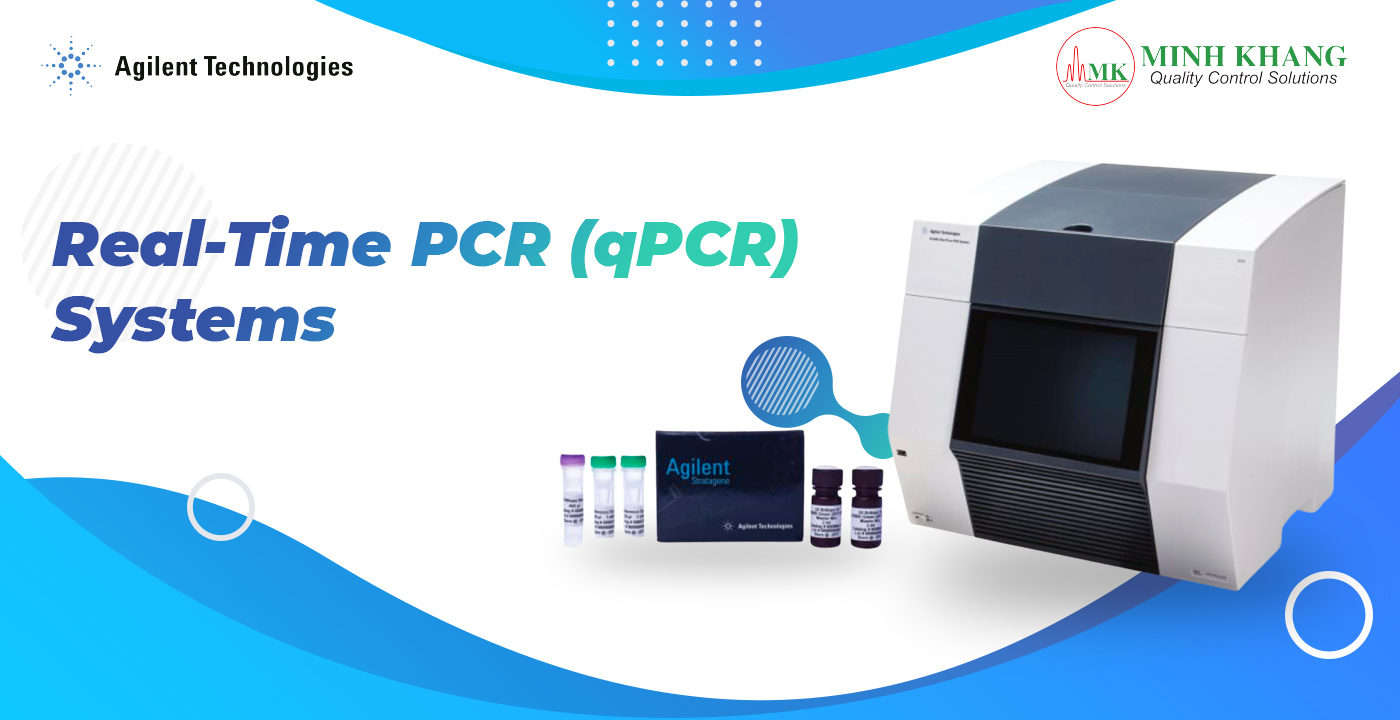

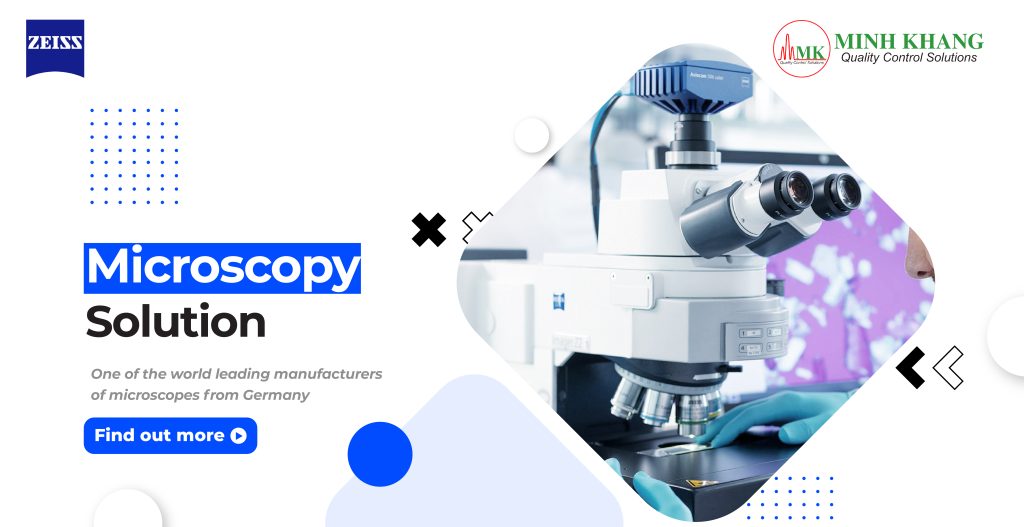
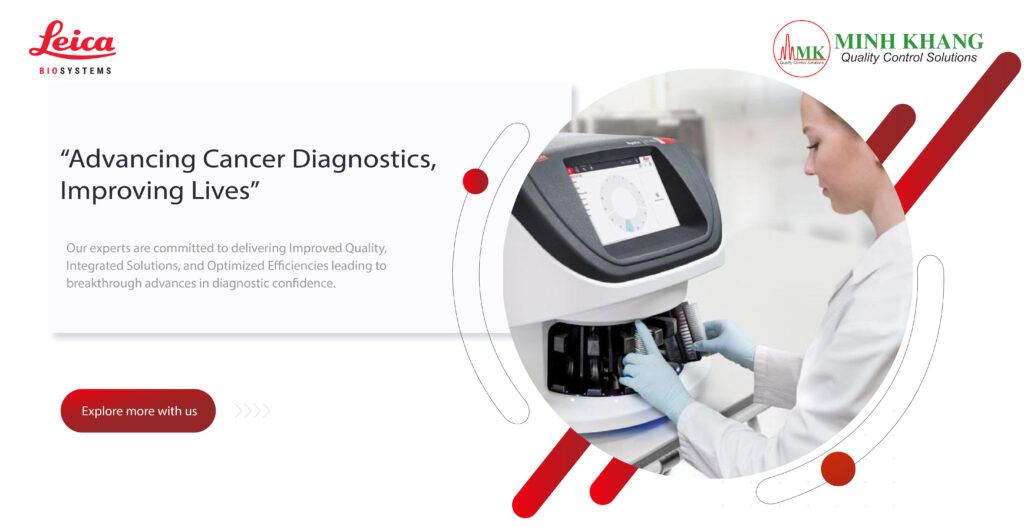
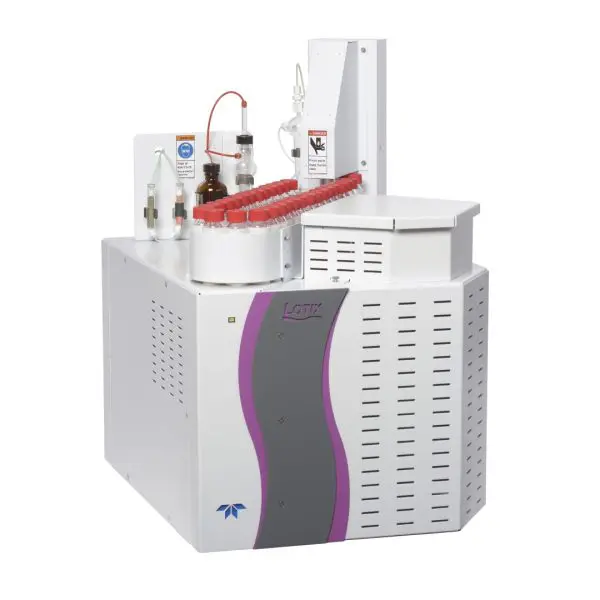


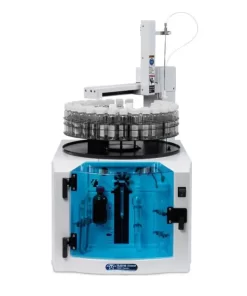
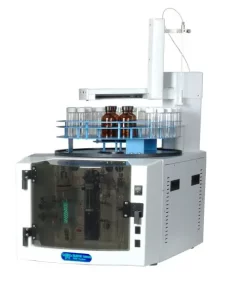
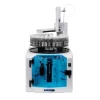

 VI
VI